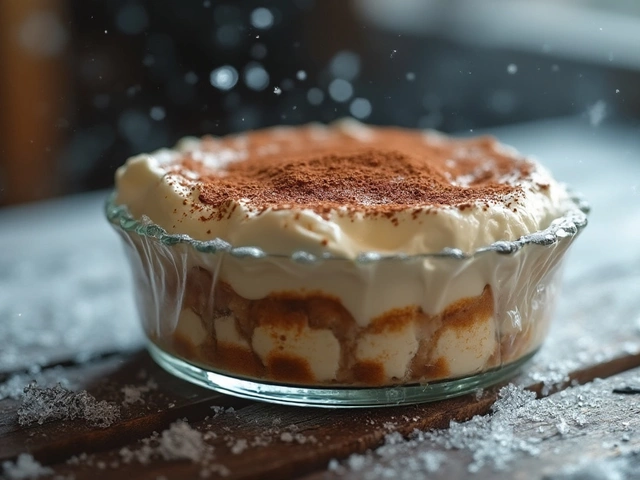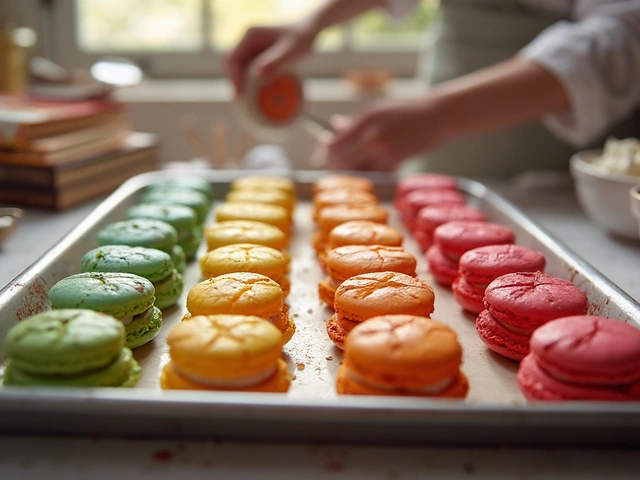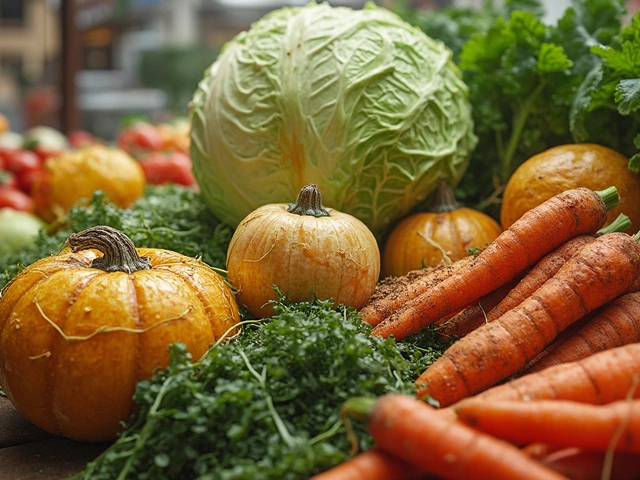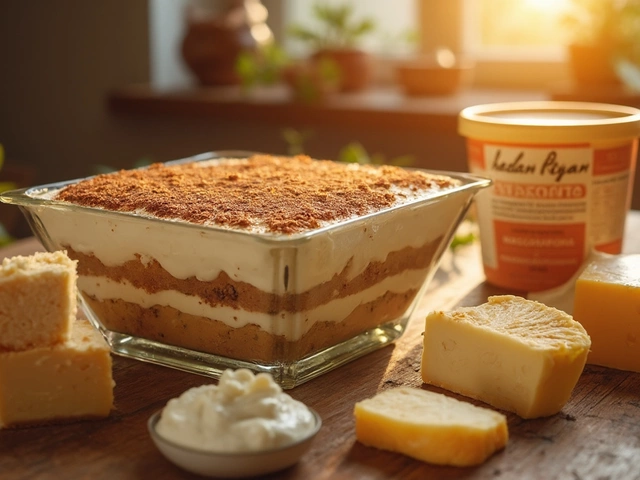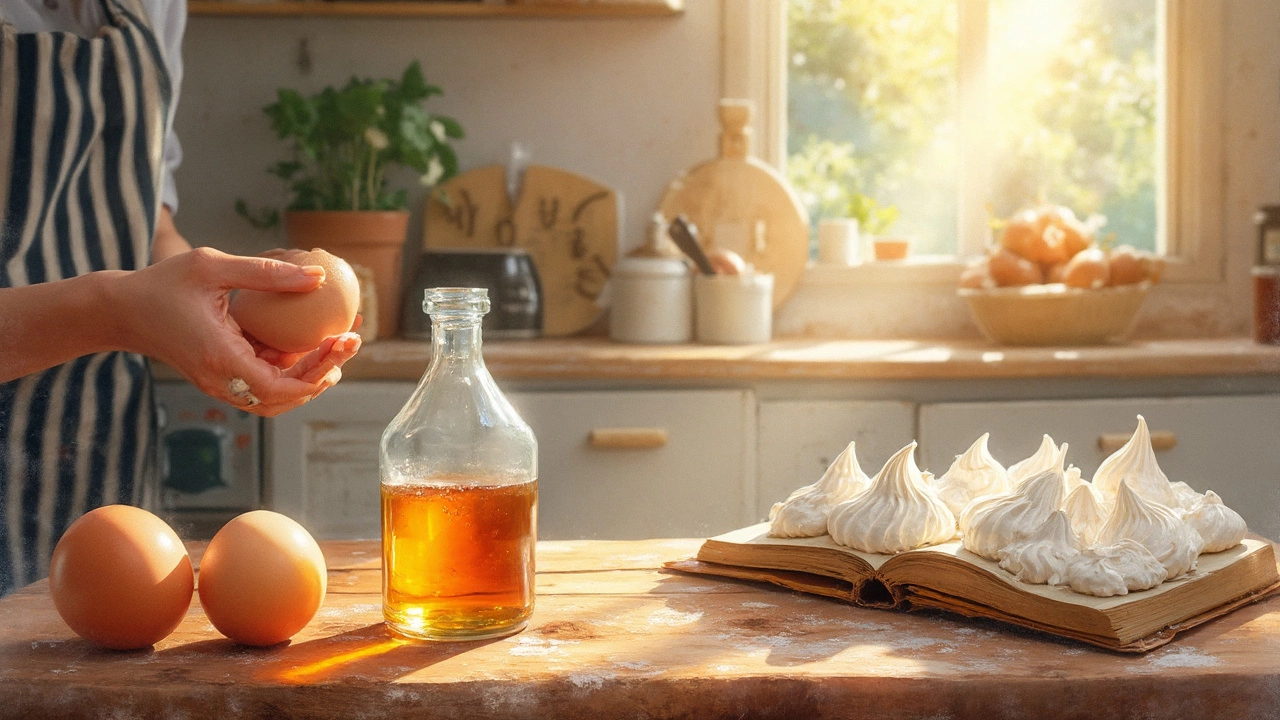
Pavlova, with its light and airy nature, owes much of its signature texture to the cunning use of vinegar. This might seem surprising to some, as vinegar isn’t typically associated with desserts. However, there’s a scientific reason why it has earned its spot in pavlova recipes.
The main role of vinegar in pavlova is to stabilize the egg whites. When you whip egg whites, you're trying to trap as much air as possible. Vinegar helps in this process by maintaining the integrity of the meringue, ensuring it doesn’t collapse once baked. The acid in vinegar strengthens the microscopic bubbles – think of it as giving the meringue tiny reinforcements.
Besides structure, vinegar subtly influences the flavor profile, cutting through the sweetness and adding a very slight tang, which balances the dessert beautifully. Choosing the right type of vinegar can be just as crucial as deciding to use it in the first place. Most recipes suggest white vinegar or apple cider vinegar due to their mild flavor profiles.
- The Science Behind Using Vinegar
- Vinegar's Role in Pavlova Integrity
- Choosing the Right Vinegar
- Tips for Perfecting Your Pavlova
The Science Behind Using Vinegar
The magic of pavlova largely hinges on how well its egg whites are whipped and stabilized. When you're making a pavlova, you want those whipped egg whites to hold their airy structure right through baking. This is where vinegar comes in as an unsung hero. Despite its sharp taste, vinegar provides an essential function in a dessert that’s all about lightness and crispness.
The Role of Acid in Stabilizing Egg Whites
When you beat egg whites, you're incorporating air and creating a foam structure. However, this foam is inherently unstable and needs support. Acids like vinegar lower the pH level of the mixture, which in turn affects the proteins in the egg whites. By adding an acid, the proteins can form stronger bonds more quickly, trapping air more efficiently.
Keeping the Perfect Shape
The stabilized egg whites are more resistant to minor changes in temperature and humidity, something critical when you're waiting for your pavlova to bake or cool. By using vinegar, your pavlova has a fighting chance to keep its beautiful crisp appearance, instead of deflating or weeping.
An Experiment in Balance
Interestingly, while vinegar strengthens and grooms the meringue texture, it also plays a subtle role in the flavor dynamics of the dish. With just a small amount of vinegar, the sweetness of the pavlova gets a clever foil – you'll be able to enjoy the delicate fragility without being overwhelmed by sugar.
Vinegar's Role in Pavlova Integrity
Let's get to the core of why vinegar is so crucial in a pavlova recipe. When you're whipping up egg whites for a pavlova, you're essentially building a delicate structure that's all about air. Lots of tiny air bubbles trapped in the egg whites give the dessert its cloud-like texture.
The trouble is, that airy structure isn't the most stable on its own. That's where vinegar steps in. The acidity in vinegar fortifies the egg white proteins. Imagine those proteins as little springs. By adding vinegar, you're making those springs a bit more robust, ensuring they hold onto the air you've worked so hard to whip in.
Preventing Collapse
If you've ever experienced a pavlova that deflated or wept after baking, chances are the structure didn't hold up. Vinegar's ability to stabilize those proteins reduces the risk of such baking disasters. It's like giving your pavlova a safety net without changing the flavor much.
Balancing Act
In addition to keeping the shape intact, vinegar also helps balance sweetness. Pavlovas are sweet by nature, so a touch of acidity can make all the difference in preventing the dessert from becoming cloying. It's kind of like salt in caramel; you might not taste it explicitly, but it makes the overall result way better.
- Stick to about half a teaspoon of vinegar per pavlova recipe. It's just enough to do the job without overpowering anything.
- You can use either white vinegar or apple cider vinegar. Both are mild, though apple cider vinegar might add a hint of fruitiness.
In the end, vinegar is the secret ingredient that ensures a successful pavlova that's not only beautiful but also holds up from the first slice to the last scoop.
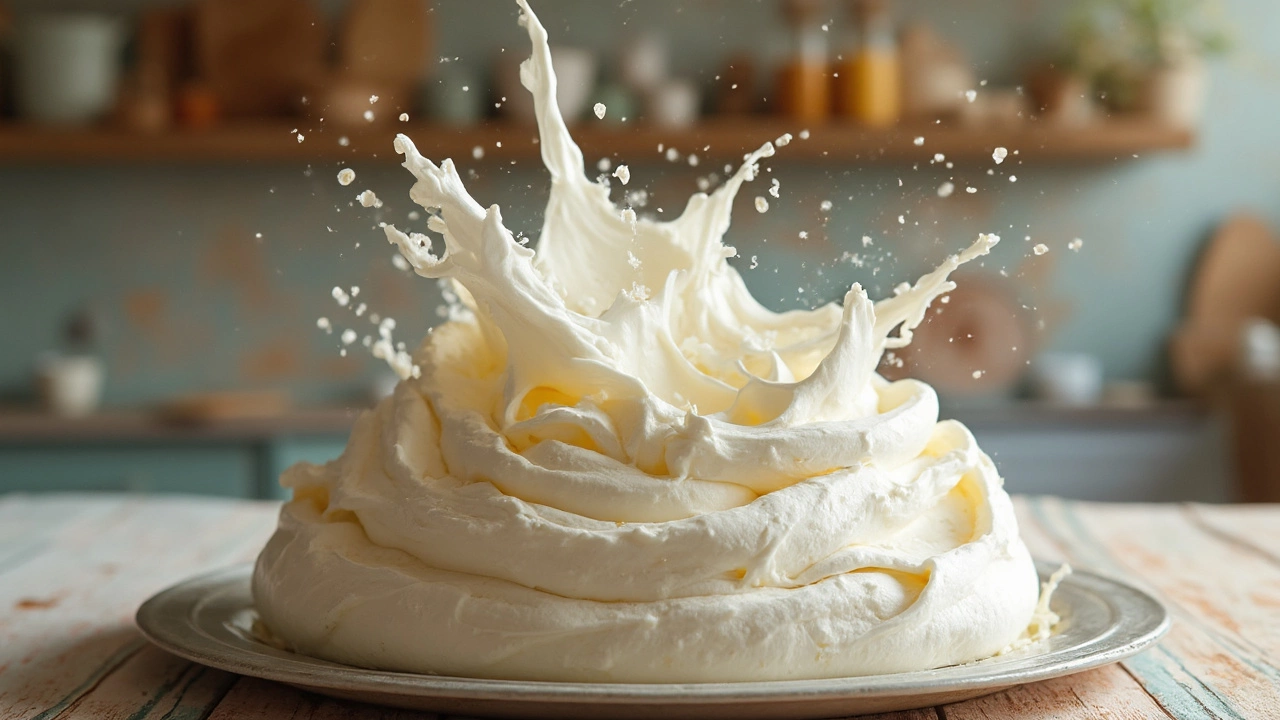
Choosing the Right Vinegar
Alright, so you’re all set to whip up your dreamy pavlova, but there’s one hiccup—what kind of vinegar should make its way into your bowl? While it might seem trivial, choosing the right vinegar can make a noticeable difference in your creation’s outcome.
White vinegar is typically the go-to choice for most pavlova recipes. Its flavor is super neutral, so it won’t affect the taste of your dessert. Plus, it offers just the right amount of acidity to stabilize those whipped egg whites perfectly.
If you’re a fan of a slightly tangier twist, you might want to reach for apple cider vinegar. It’s almost as mild as white vinegar but with a slightly fruity note, which can be a delightful touch if you’re into experimenting with flavors. A little word of caution, though—make sure not to overpower your pavlova with too much.
Now, this might seem a bit out of the box, but some adventurous bakers opt for balsamic vinegar, especially when pairing their pavlova with berries. Not as common, but it can work wonders if applied carefully. Just keep it minimal to prevent a flavor clash.
Quick Tips for Vinegar Use
- Stick to the recommended amount in recipes, typically around 1 teaspoon for every 4 egg whites.
- Be sure to add vinegar during the meringue whipping process, usually after soft peaks form but before they stiffen.
- Whenever in doubt, do a small flavor test before you add, especially if it's your first time using a particular type of vinegar.
In the end, the choice boils down to your taste preference. As long as the vinegar is mild and doesn’t dominate the flavor, your pavlova should turn out beautifully crispy on the outside and marshmallowy on the inside.
Tips for Perfecting Your Pavlova
Anyone who's tried their hand at making pavlova knows it can be a bit tricky. But, don't let that deter you! With a few handy tips, you'll be baking incredible pavlovas in no time.
1. Start with Room Temperature Eggs
Using egg whites that are at room temperature can significantly impact the volume of your pavlova. When eggs are too cold, they won't fluff up as much. So, make sure to leave your eggs out for a bit before you separate them.
2. Gradually Add Sugar
Adding sugar too quickly can deflate the delicate egg foam. Add your sugar one tablespoon at a time; patience really is a virtue here. This ensures that the sugar dissolves properly and gives your pavlova the ideal texture.
3. Choose the Right Vinegar
As surprising as it may be, vinegar is a key player in achieving the perfect pavlova. Opt for white or apple cider vinegar, which both offer the needed acidity without overpowering flavor. Add it towards the end of whipping your egg whites.
4. Get the Bake Just Right
Baking pavlova is an exercise in patience. Bake it at a low temperature to avoid browning while keeping an eye out to ensure it doesn’t crack or collapse. A good rule of thumb is to let it cool in the oven with the door slightly open after baking. This prevents sudden temperature changes that could lead to cracking.
5. Decorating with Care
Finally, when your beautiful pavlova is out and cooling, top it with whipped cream and fresh fruit. Be gentle though; adding heavy toppings could deflate the meringue layer.
Remember, practice makes perfect. Don't be discouraged by a few wobbly attempts. Each bake is a new opportunity to refine your skills and soon enough, you'll be the pavlova guru among your friends and family!

